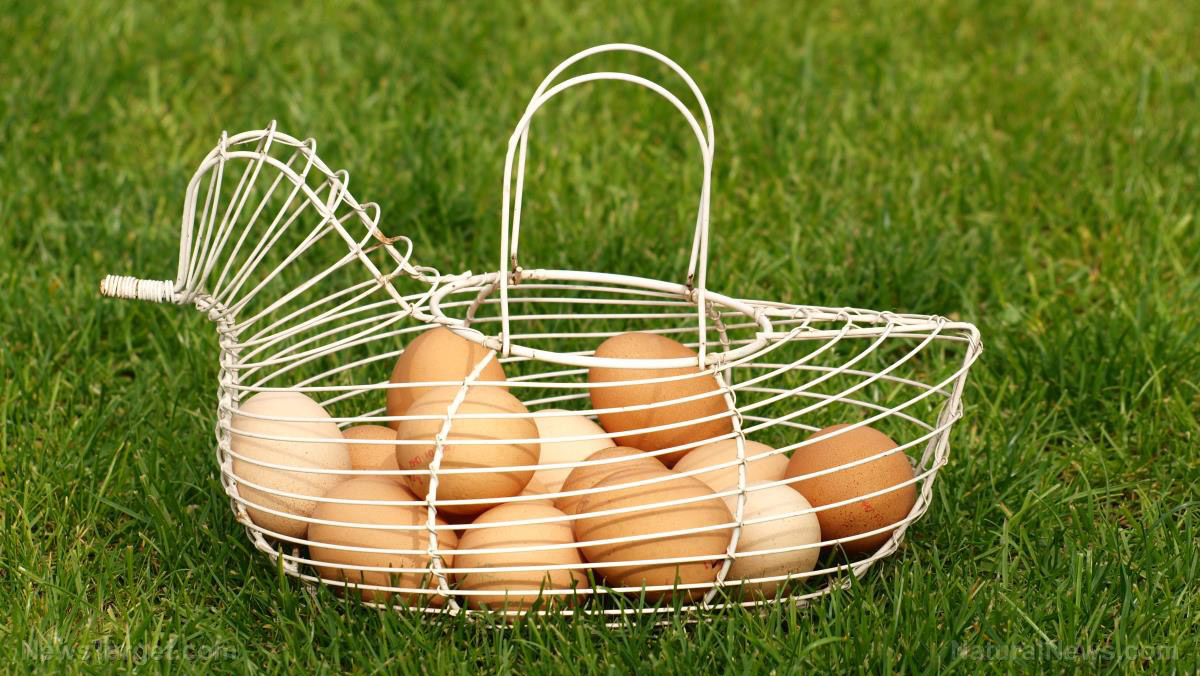In a time marked by corporate food systems that prioritize processed and nutrient-poor products, the resilience of earlier generations shines through. One notable innovation is the calcium loaf, a staple of the Great Depression that speaks to human creativity during periods of scarcity. This nutrient-rich bread emerged from the need to maintain health when fresh milk was hard to come by, reflecting a spirit of survival that is relevant today as supply chains waver and food security becomes more precarious.
Key Highlights:
– The calcium loaf was created during the Great Depression, when dairy was not readily available, providing crucial calcium and protein from common, non-perishable ingredients.
– Eggshells, often thrown away, are an excellent source of natural calcium—much more effective than synthetic supplements that may contain unnecessary additives.
– With many modern diets filled with processed foods and genetically modified organisms (GMOs), homemade alternatives like the calcium loaf are increasingly important for maintaining long-term health.
– This recipe promotes self-sufficiency, allowing individuals to break free from compromised food supply chains and equipping them with practical skills for uncertain times.
The Science Behind Eggshell Calcium
While today’s healthcare systems promote synthetic calcium supplements, which may carry risks such as heavy metal contamination and fillers, our ancestors understood an essential truth: eggshells are rich in calcium carbonate, a form that the body can readily absorb. These natural sources work in harmony with the body’s needs, unlike many pharmaceutical alternatives that could lead to health issues such as kidney stones.
The process of utilizing eggshells is straightforward:
1. Remove the Membrane: The inner layer needs to be discarded as it may contain contaminants and cholesterol.
2. Dry Thoroughly: Low-temperature drying is essential to preserve the nutritional content without damaging it.
3. Grind into Powder: Achieving a fine consistency is crucial for optimal absorption and to prevent gastrointestinal discomfort.
Combining the powdered eggshells with apple cider vinegar or lemon juice facilitates a chemical reaction that transforms the calcium into a form that is easily digestible. This traditional method, commonly practiced by rural families, has been largely overlooked in favor of more commercial products.
The Relevance of the Calcium Loaf Today
Just as the Great Depression compelled families to innovate, current global challenges echo that urgency. Contemporary issues like economic instability, rising food prices, and supply chain disruptions call on us to be creative and self-reliant in our food choices. The prevalence of pesticides, GMOs, and other harmful agents in modern diets compromises immune function and bone health, making alternatives like the calcium loaf even more important.
How to Create Your Calcium Loaf
This adaptable recipe focuses on nutrient density, shelf stability, and simplicity. Here’s how to prepare this essential survival loaf:
Ingredients:
– 1 cup cooked and mashed white beans
– 1 cup rolled oats
– 3 tablespoons finely ground eggshell powder (providing approximately 2400-3000 mg of calcium)
– ¼ cup ground sesame or chia seeds
– 1 tablespoon raw honey or molasses (optional for additional minerals and binding)
– ¼ teaspoon salt
– Water (as necessary)
Instructions:
1. Combine all dry ingredients thoroughly.
2. Add the wet components and mix until a thick dough forms.
3. Shape the mixture into small loaves or patties.
4. Bake in a preheated oven at 300°F (150°C) for 40 to 50 minutes, or until firm to the touch.
Storage Tips:
– Keep the ingredients separate until you’re ready to use them; pre-ground eggshell powder can be stored indefinitely in airtight containers.
– Consider vacuum-sealing portions for long-term emergency preparedness.
Embracing Independence and Self-Sufficiency
The calcium loaf is symbolic of more than just sustenance; it represents a stand against the global movements that diminish health through toxic food choices and nutrient-poor diets. Much like the homesteaders of the Great Depression, it is vital to assert our right to good health and reclaim our independence from flawed food systems.
Eggshells, often dismissed as waste, hold hidden value for both your health and your garden. The commonly overlooked beans and oats emerge as powerful nutritional elements when properly utilized. True preparedness lies not in panic-driven hoarding but in the empowerment that comes from creativity and resourcefulness.
In a world where centralized powers, such as big corporations and flawed agricultural policies, aim to undermine self-sufficiency, repurposing everyday items represents an act of defiance. Skills like turning kitchen waste into compost, reusing containers for storage, or tapping into the healing properties of everyday herbs transcend mere survival; they become instruments of autonomy.
As the movement toward lab-grown meats, insect protein, and GMO-laden alternatives gains traction, the calcium loaf remains as a quiet yet powerful protest—a reminder that genuine nourishment springs from ancestral wisdom, not corporate interests.






